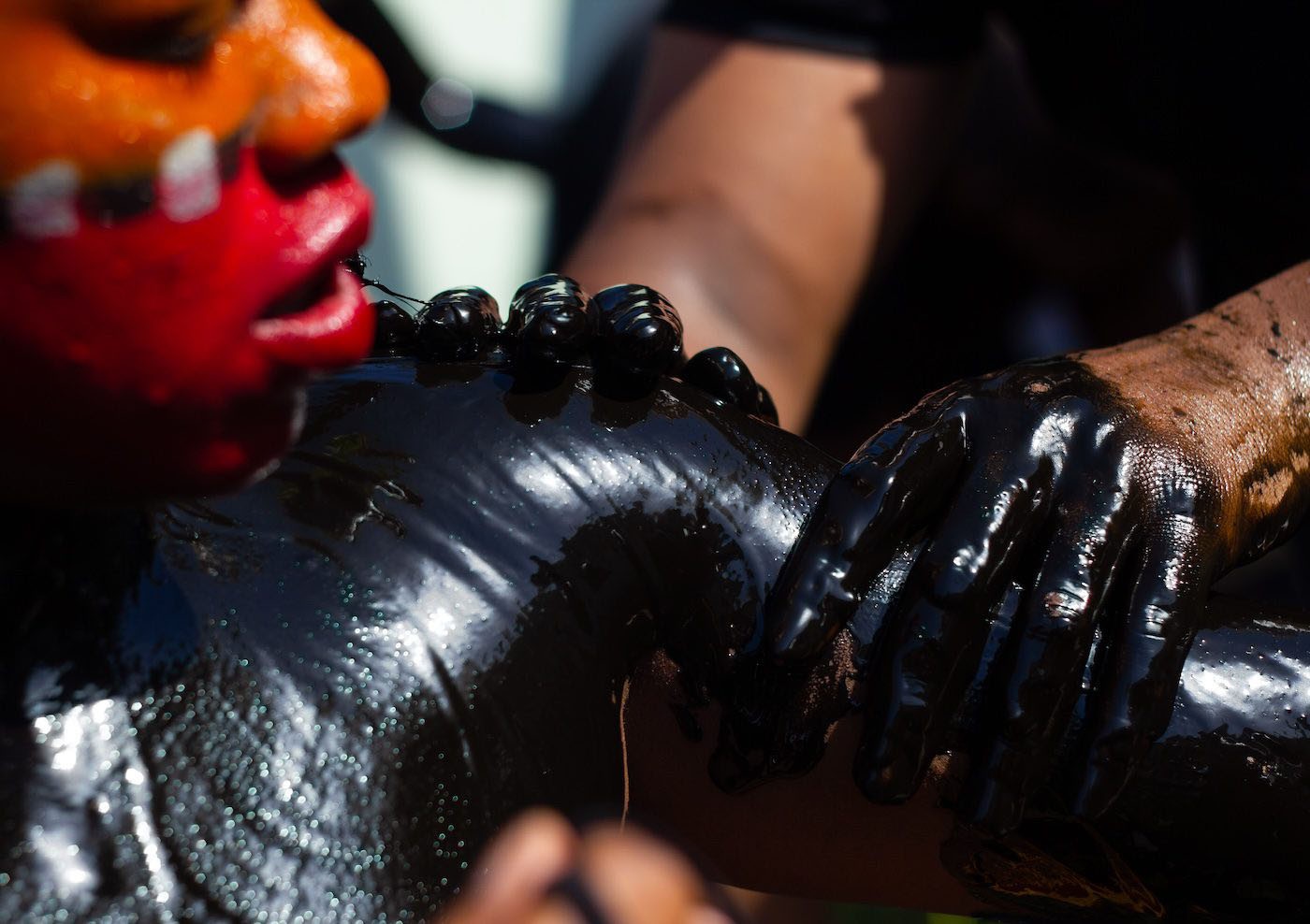Susana Pilar Delahante: Reclaiming Space through Performance
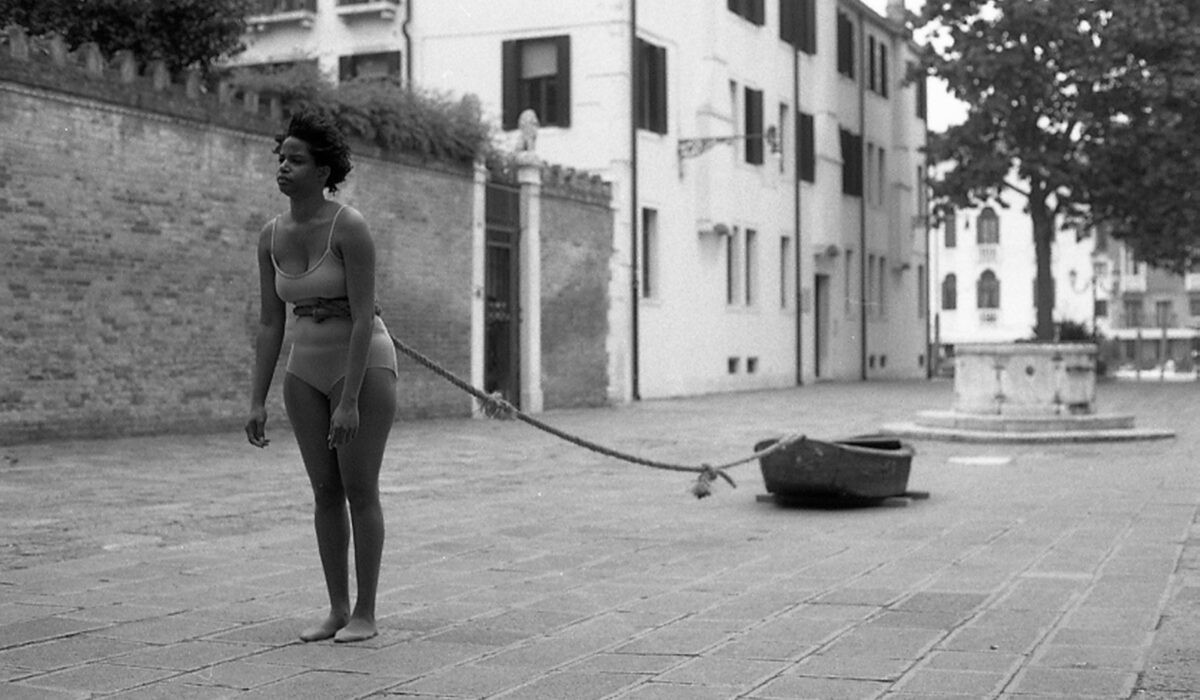
22 July 2022
Magazine C& Magazine
Words Roselin Rodríguez Espinosa
7 min de lecture
A chat with Cuban artist Susana Pilar Delahante about her career and the work she presented at the 12th Berlin Biennale, which will be open through September 18, 2022.
Susana Pilar Delahante sees her body as an archive of the forced displacement of people from Africa and Asia to Cuba. Her performative works, often in-situ, are charged with the history of the place where they are made. In this interview, the artist talks about empowerment and the conflicts she faced with her participation in the 12th Berlin Biennale.
C&AL: In your work, you have gone through projects on affective and family memory, and at the beginning of your career you turned to performance as a way to present your own body as an archive and as the strength of those memories. If we take into account a context like Cuba, where the policies of forgetting are systematic and determine daily life, reinventing memory and the archive is an important key, even more so in the case of a migrant body like yours. How have you developed that experience in your work with performance?
Susana Pilar Delahante: Reinventing memory and the archive are super important in my research and artistic practice because some in power have erased the facts. My body, a descendant of forcibly displaced migrants from Asia and Africa to Cuba, is my archive and my memory. My family’s oral narratives (since we were denied the right to write our History, and today we are reclaiming those rights) are my textbook. My ancestors inhabit my body and I generate actions that reclaim what we are.
<p>
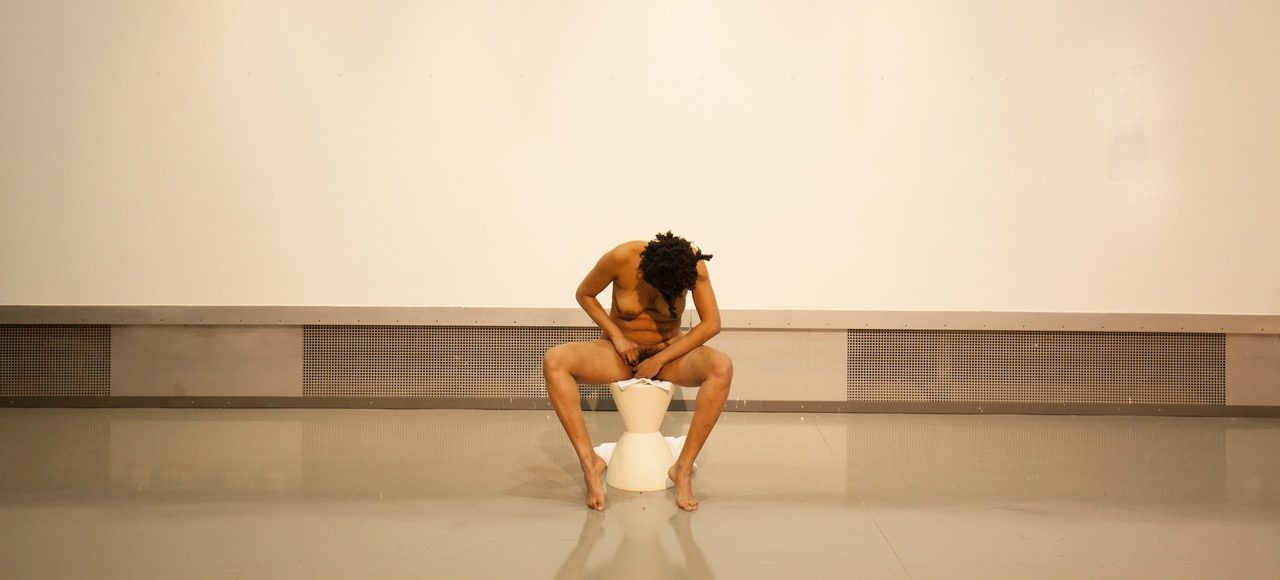
Susana Pilar, “Re-territorialización [Re-territorialization],” 2016, performance. Courtesy Galleria Continua, San Gimignano. © Susana Pilar. Photo: Benito Frazzetta
C&AL: How have you been building your own strategies to decolonize and depatriarchalize memory archives? How did these ideas end up forming part of your artistic practice? Are there words or related ideas that guide you in this type of work?</p>
SPD: I don’t know at what point it all started, I don’t remember. All I know is that the “Archive” does not represent me in the same way that I see myself. I am not a number, not I, nor those who came before me. I understood that this reality, written by the same hand that erased my ancestors, was not mine and I had to look for answers elsewhere. And the elders arrived, with all the stories kept in their hearts, and I learned that I come from Congo and Sierra Leone; that a Chinese man left Canton and ended up in Matanzas to become my great-great-grandfather; that we were not slaves but enslaved; and much more. Resistance, struggle, family archive, mothers, Black women, Negritude, are some of the words that guide me.
<p>
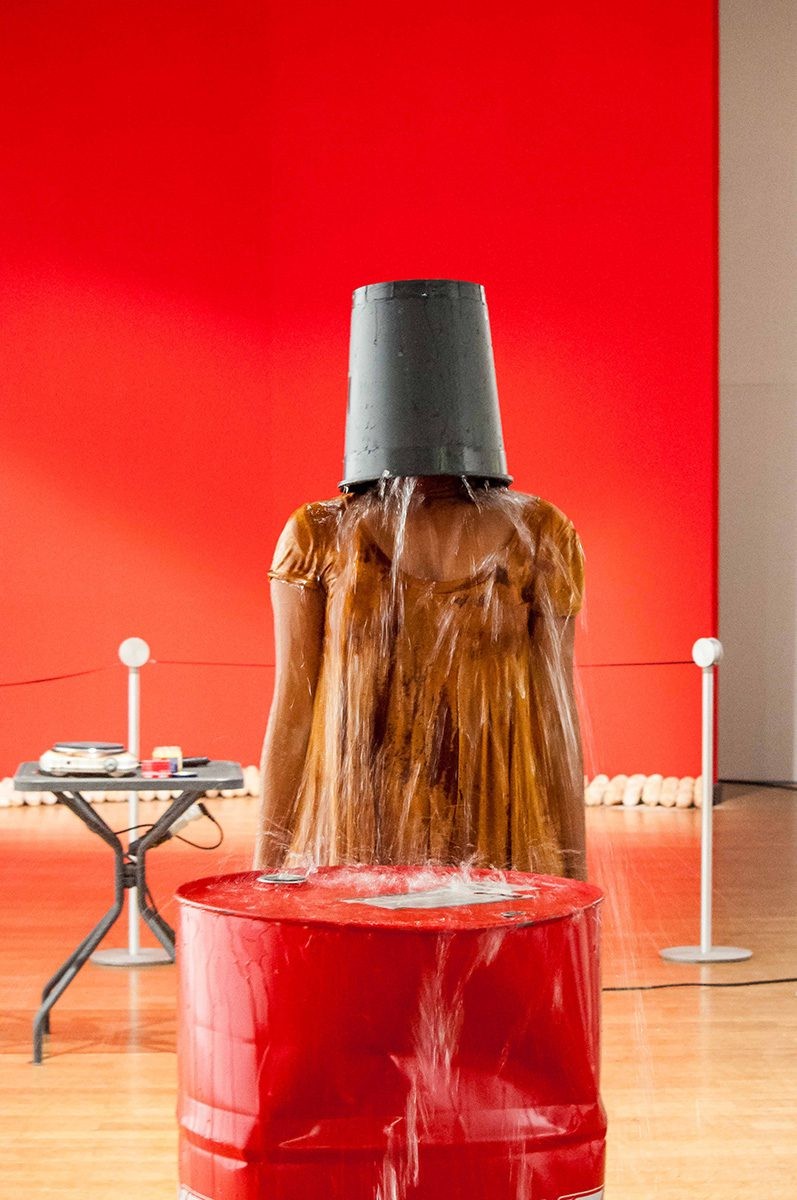
Susana Pilar, “El tanque [The Tank]”, 2015, performance in collaboration with Asunción Matienzo Serra. Courtesy Galleria Continua, San Gimignano. © Susana Pilar. Photo: Ana Maria La Mastra
C&AL: Some of your recent works establish an incisive dialogue with the physical and architectural spaces where they are on display and appeal to memories connected to those spaces. I’m thinking of your interventions at the Venice Biennale (Dibujo intercontinental /Intercontinental Drawing, 2017) and at the Dakar Biennale (Historias negras / Black Stories, 2022). What were you interested in highlighting or underscoring with those? How does the historical burden of the place affect the conception of your pieces?</p>
SPD: There is feedback between what I want to communicate, the context in which I am and the tools I use. Many of my performances are in-situ and are charged with the History and the energy of the place where I make them. Intercontinental Drawing and Re-territorialization take place in a country that maintains large numbers of unprotected migrants in a state of limbo, most of whom are African. The boat I am towing is my heritage, my History, my ancestors, the journey they were forced to take… and the hairs that I pull out represent involuntary displacement, dislocation and uprooting. Black Stories takes place in a country from which my ancestors were kidnapped and enslaved, with no right to return.
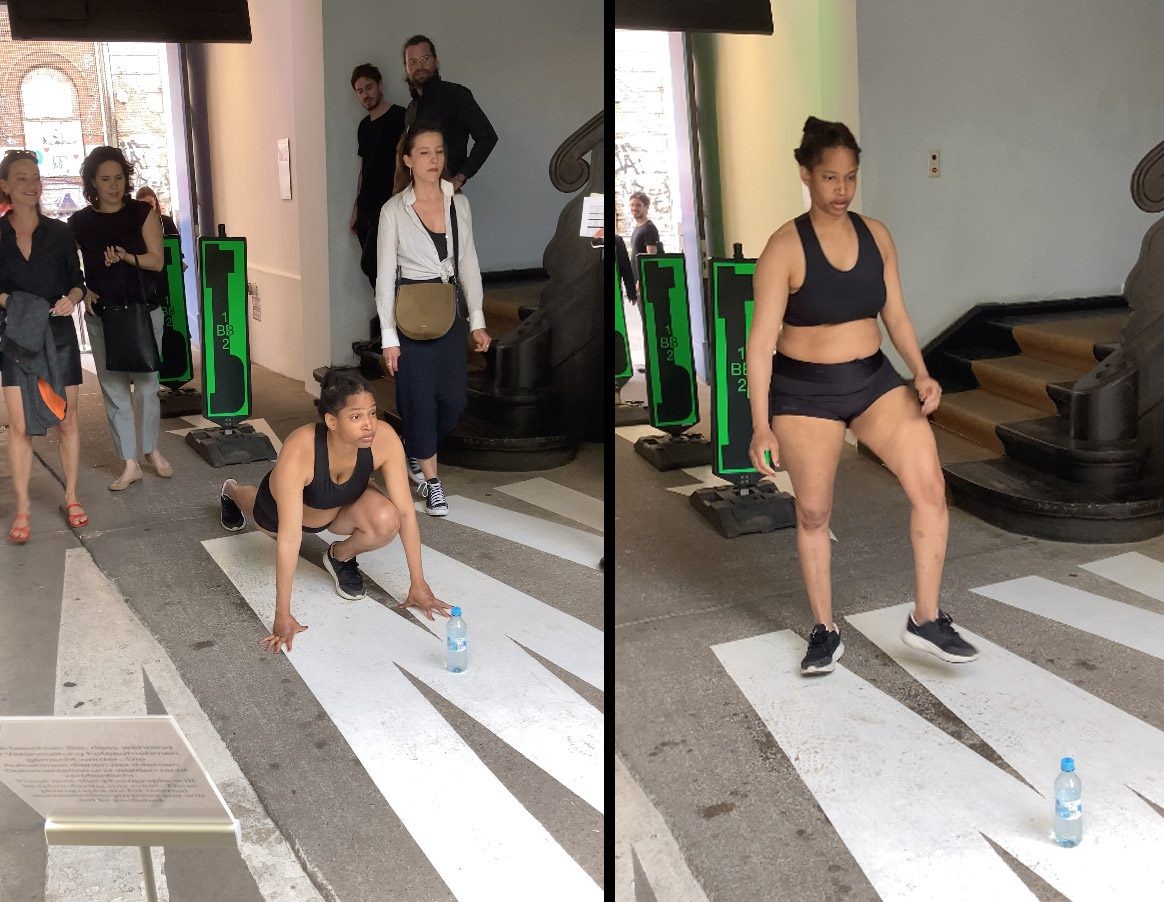
Susana Pilar, “Warming up,” 2022, video documentation of the performance from June 10, 2022, color, sound, 9′03′′, video still. Photo: Axel Stockburger.
C&AL: On your Instagram, I saw the performance you gave during the 12th Berlin Biennale. The action is accompanied by a poem that adds a lot of strength and depth. You told me you did that unannounced. What led you to do that? Your movements remind me of those that athletes perform when they are preparing for a race or making a difficult effort. Your expression is severe, even angry. I feel that there is a body that is no longer just acting in resistance but is ready with all its strength gathered for whatever is to come, the unthinkable. Tell me what ideas and feelings went through your mind when you were creating and carrying out the action and in which part of it the Biennale happened.
SPD: I gave that performance titled, Warming Up, spontaneously and unannounced. It happened during the opening of the Biennale in one of its main spaces called KW. The action I perform represents how I have felt about my relationship with this event and the poem (which in turn works as a statement of the work) puts the action in context. While I was preparing my participation in the Biennale, I felt silenced, used, minimized, mistreated and censored by the whole Biennale team (except for Kader Attia).
During the opening of the Berlin Biennale, I was there (arrived alone) present and absent, made invisible by a large power structure. I had no work on display (because all the works and solutions I proposed were denied or postponed), to the extent that there I was at my own opening, with no work. I met friends who asked me: “Is this your work?” or others who asked: “Are you here to visit the Biennale?” “Why isn’t your name on the flyer?” I was like that, a visitor, at my own opening, without “permission” or “authority” to show my work. They asked me to be patient, more patient and to wait until after the opening. I felt psychologically abused. A friend told me to look up the meaning of “gas lighting.” I tried to be calm, but my blood was boiling, and I asked myself: “What are you and why are you here?” The answer came to my mind in the form of this work. That was exactly how I was feeling, like I was preparing myself for a race that happening over and over again, but that they wouldn’t let me run in.
I decided to do this action on my own and reclaim my space. They resisted me, but I was stronger. You could see the rage in my face at the verbal pressure and physical sabotage of the censors obstructing my work. But I was stronger.
Note 1: The poem I wrote then at night, in the hotel, and finished the following day while traveling by train.
Note 2: The Biennale agreed to exhibit the video but they did not want to include the poem, which is part of the work.
Update one month after the interview: I would like to point out that communication and interaction with the Biennial technical team has improved in the last few weeks. This will have a positive impact during my upcoming presentations in August and September.
Roselin Rodríguez Espinosa is a curator and art historian born in Havana. She holds a Master’s Degree in Art History from the National Autonomous University of Mexico (UNAM) as well as a Bachelor’s Degree in Art Sciences and Cultural Management from the Autonomous University of Aguascalientes. Her reviews and essays have appeared in publications such as Campo de Relámpagos, Revista de la Universidad, Horizontal, La Tempestad and Cubo Blanco de Excélsior. Since 2017, she is a curatorial coordinator at the Museo Universitario Arte contemporáneo (MUAC/UNAM).
Translation from Spanish by Sara Hanaburgh.
Plus d'articles de
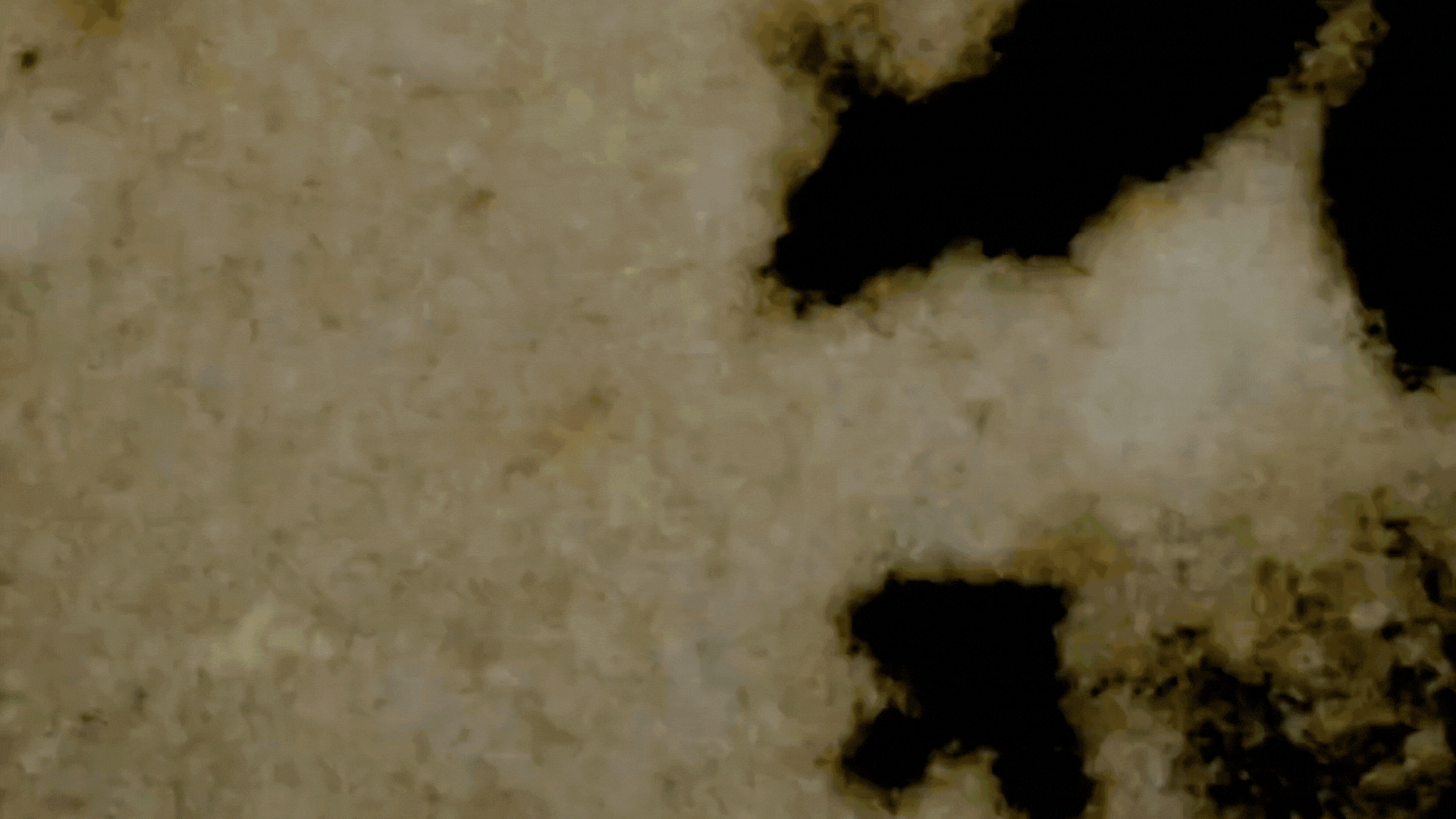
Fantômes et images en mouvement : le Black Atlas d’Edward George

Confronting the Absence of Latin America in Conversations on African Diasporic Art

On Exile, Amulets and Circadian Rhythms: Practising Data Healing across Timezones
Plus d'articles de
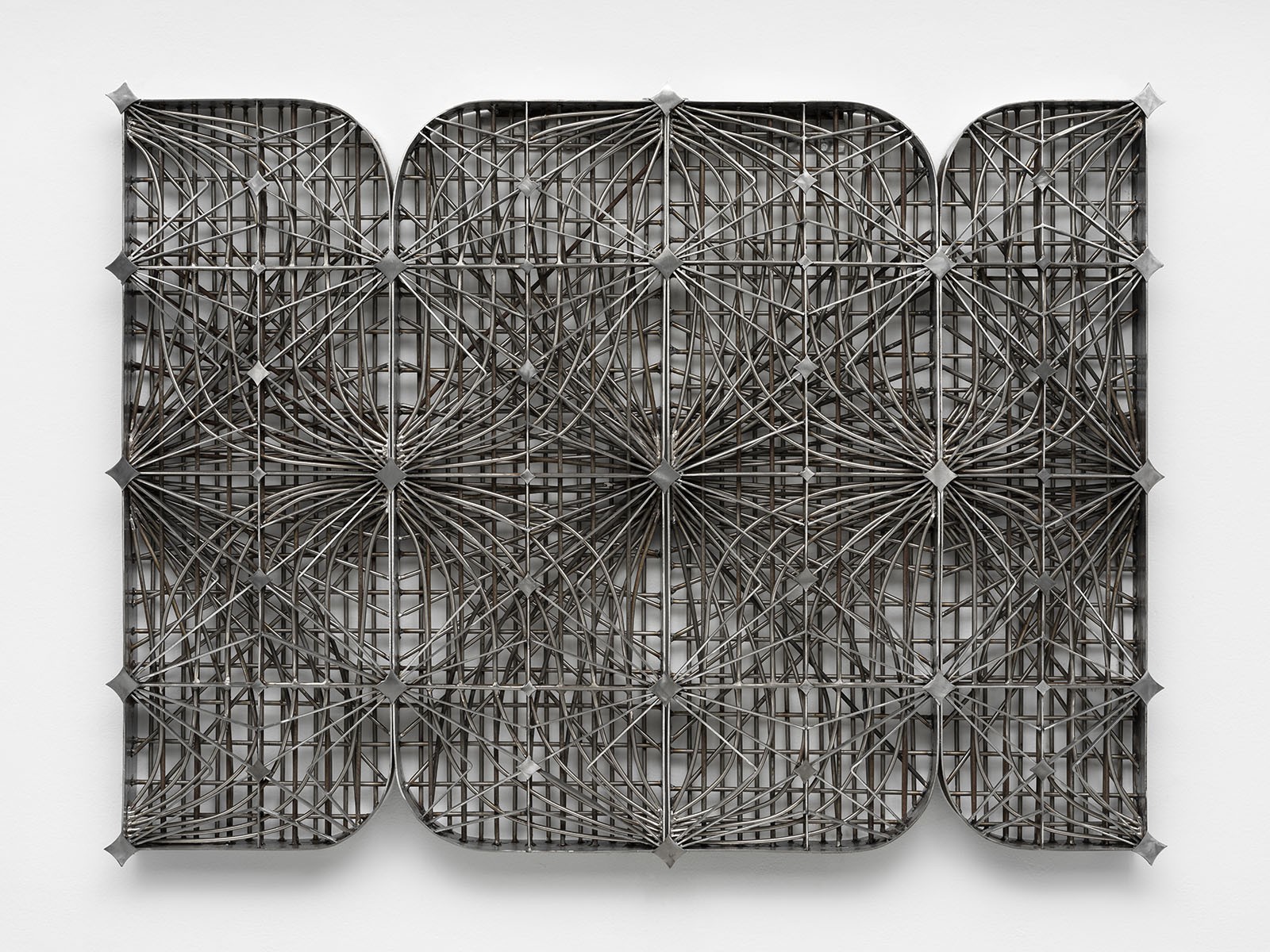
Jesús Hilário-Reyes: Dissolving Notions of Group and Individual
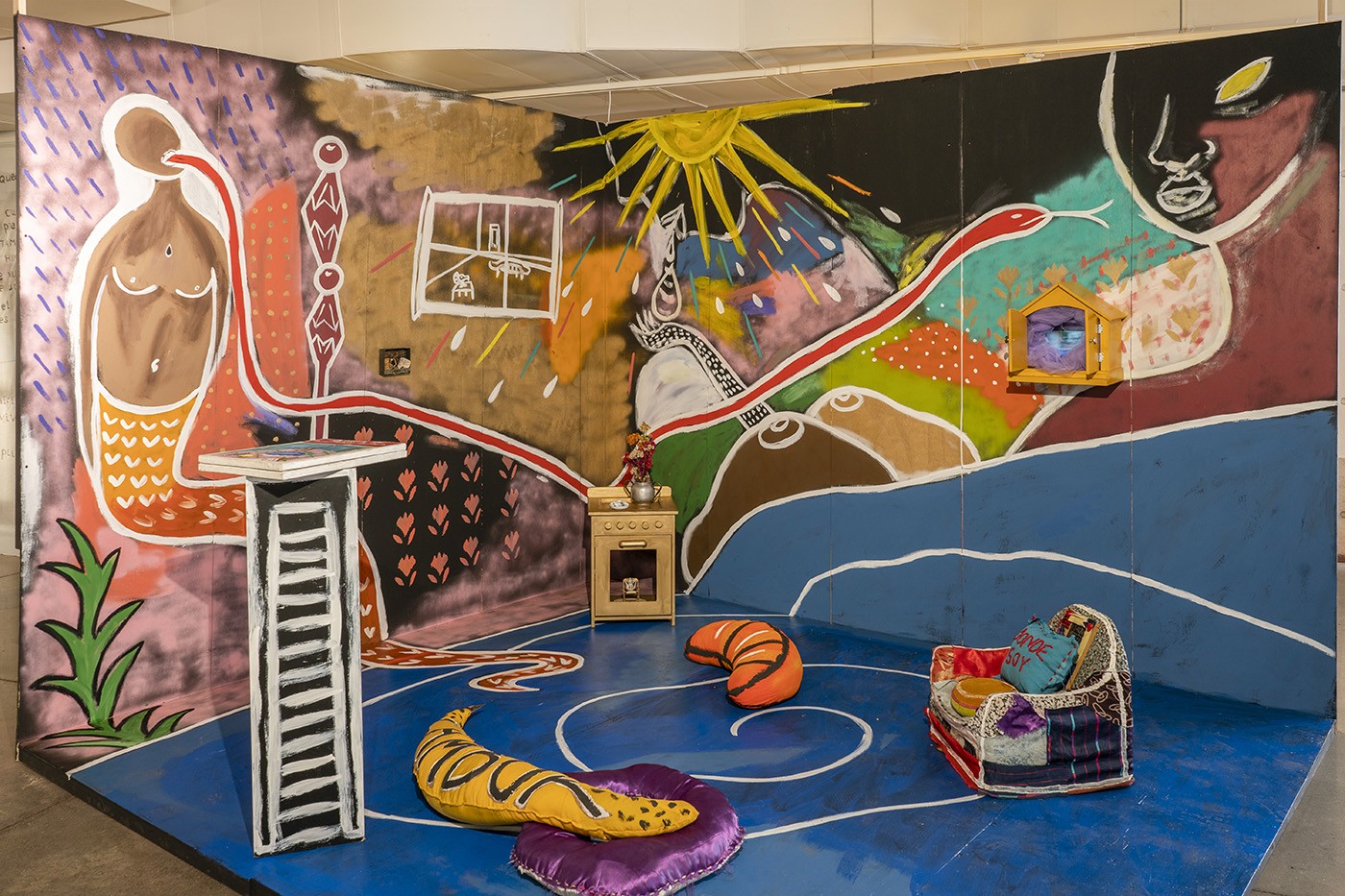
A Biennial that relates sound to space and bodies
